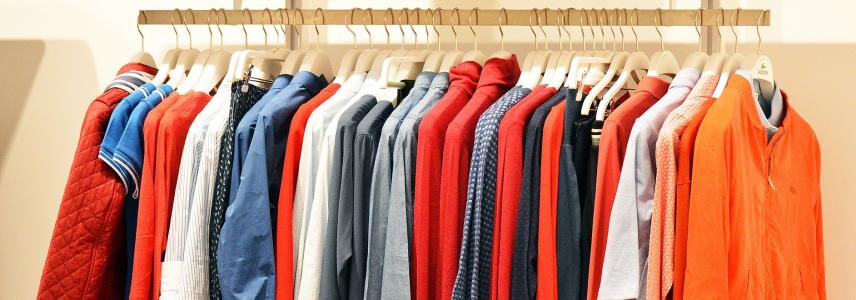5 things you need to know if you want to export apparel to Europe

For many apparel manufacturers, Europe is a dream export destination. The continent has some of the most rewarding apparel markets in the world. Doing business with European buyers can be a challenge, though. That is why CBI has published 4 reports. These reports teach you how to successfully find European buyers and do business with them. Here are the 5 most important things you need to know.
1. Europe is home to many different buyers. Only a few will be a perfect match for you
Europe is a continent with about 50 very different states. The continent has more than half a billion consumers, serviced by thousands of different traders, brands and retailers. Each of these has its own unique market proposition. Many apparel manufacturers do not do much research. They will simply go for the markets they know from television, or where they happen to know someone. That is a waste of time.
You need to determine your own Unique Selling Points (USPs). These could be the products that you specialise in, your product quality level, flexibility in Minimum Order Quantities, price point, service level and sustainability track record. Try to find buyers that match your USPs and your growth strategy.
2. Approaching buyers with a generic offer never works
Approaching new buyers via email or LinkedIn can be an excellent way to start business, but only if you do it right. Many buyers do it wrong. They write: “We are the best manufacturer in our country”. “We can produce anything”. “We are the cheapest. Please send us your order”. This never works.
Instead: do your research. Check your buyer’s collections; main target group; required certifications and company values. Read trade media to learn about trends and challenges your buyer might face. Examples are FashionUnited, Just-Style or The Business of Fashion. Show that you have understood your buyer’s issues by adjusting your story to their specific needs.
3. Know your buyer’s requirements
If you want to sell apparel on the European market, you need to meet several requirements. Some are mandatory. These can be both legal and non-legal. Others are voluntary, and meeting them can give you a competitive advantage. Perhaps the most well-known legal requirement for exporting apparel to the EU is REACH. But, there are many more buyer requirements.
Buyers will expect you to know the requirements and meet them! Offering your buyers extra services can seriously boost your efforts on the European market. Extra services could be product design, ultra-fast delivery and flexibility in Minimum Order Quantities.
4. Communicate with your buyer. Then communicate some more
One of the main complaints from European buyers about suppliers from developing countries is that they do not communicate well. If you want to grab and keep the attention of your buyer/potential buyer, you need to be proactive, punctual, polite and clear.
This means that you must be reachable for your buyers and notify them of changes, delays or problems. Not 1 day before the delivery day, but as soon as possible! Try to reply to emails within 24 hours, even if it is only to confirm that you have received the message and that you will reply to it later.
5. International support organisations can help you
Are you uncertain about how to find European buyers? How to do business with them? And how do you meet all the legal and non-legal requirements for chemical use, product safety, sustainability, packing and delivering goods to Europe? Do not worry; you can get help.
There are several international organisations that can advise you on these matters. These include UNDP, DFID, DANIDA, ITC, GIZ, ICCO, Solidaridad and PUM. CBI offers export coaching, including marketing advice and matchmaking to SMEs in 35 countries.
- Check CBI’s website for an overview of current apparel programmes.
- Check CBI’s website for Market Information for the apparel sector
This news article was written on behalf of CBI by FT Journalistiek.
Stay informed
To stay informed on the latest developments in the apparel sector, make sure to subscribe to our newsletter.